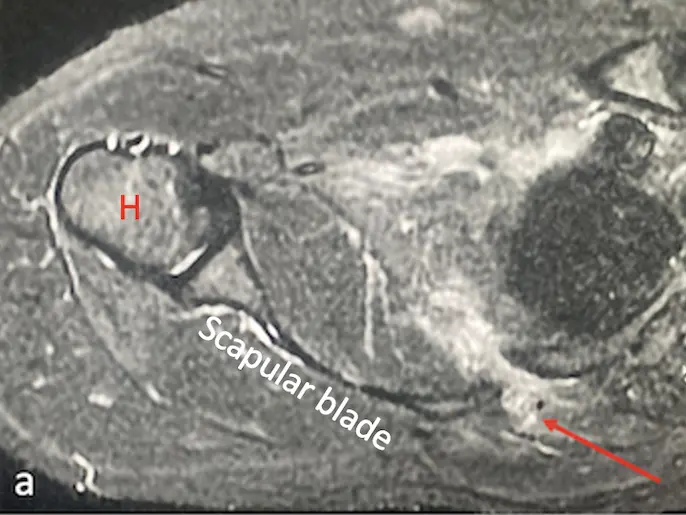A left-sided gallbladder (LSGB), also known as sinistropostition, is a rare anatomical variant with a reported incidence of 0.2-1.1%. It is defined as a gallbladder located on the left side of the falciform ligament, embedded in the third hepatic lobe, without situs inversus viscerum.
A 37-year-old Latino man with a history of bilateral inguinal repair underwent a scheduled laparoscopic cholecystectomy due to multiple gallbladder polyps. Preoperative ultrasound reported a gallbladder of 60×20 mm, wall thickness of 1 mm, with polyps of up to 10 mm. Standard laparoscopic cholecystectomy trocar placement was used. Upon revision of the right hepatic lobe, there was an absence of the GB in the visceral side of segments IV, V, or VI. It was identified to the left of the falciform ligament with adhesions to the anterior and superior portions of the pylorus and lesser curvature. The subxiphoid trocar was adjusted to the left of the falciform ligament, and Calot’s triangle dissection was performed to obtain a critical view of safety. No other anatomical variants were identified. The procedure was performed safely with a satisfactory view of critical cholecystectomy steps and anatomy identification. After the procedure, the surgeon complained of right-hand pain and numbness due to a medial position of the subxiphoid trocar for dissection. The surgical approach of a LSGB in laparoscopic surgery should be individualized for each patient. A minimally invasive approach may be realized successfully when critical thinking by the surgeon is applied and always prioritizing the safety of the patient.



